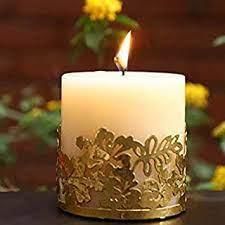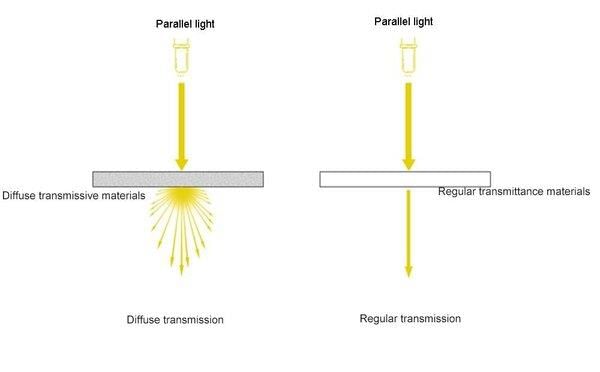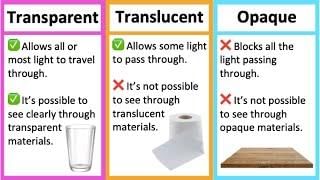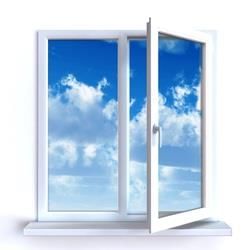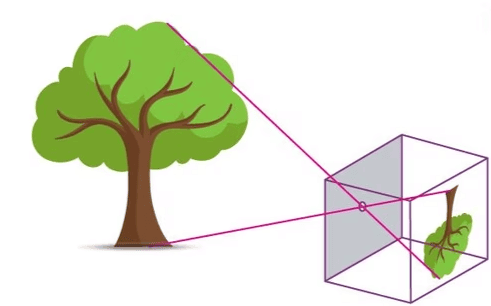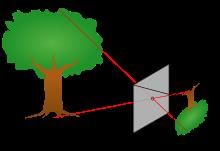|
Light is the primary requirement for seeing objects, as it bounces off objects and reaches our eyes. 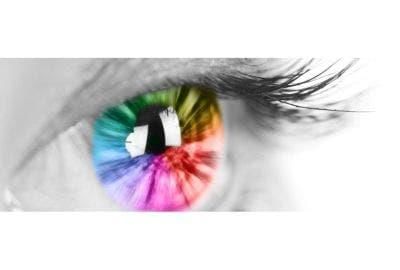 |
Card: 2 / 40 |
|
False. Non-luminous objects do not emit light; they are seen when light shines on them. |
Card: 6 / 40 |
|
Non-luminous objects are visible when light from luminous objects shines on them and reflects into our eyes.  |
Card: 10 / 40 |
|
Multiple Choice: Which of the following is NOT a luminous object? A) A candle B) A chair C) The sun D) A glowing bulb |
Card: 11 / 40 |
|
Luminous objects emit light on their own, while non-luminous objects do not emit light and can only be seen when illuminated by light from luminous sources. 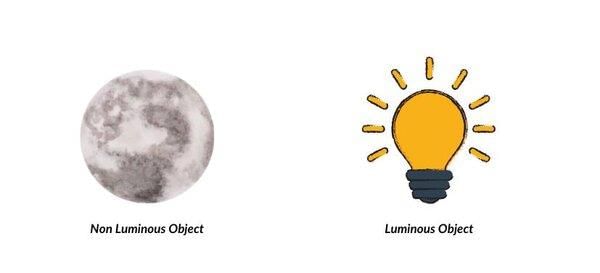 |
Card: 14 / 40 |
|
Fill in the blank: Objects that allow only some light to pass through are called ___ media. |
Card: 17 / 40 |
|
Riddle: I am something you can see through, but I am not air. I can be a window or a glass. What am I? |
Card: 19 / 40 |
 Unlock all Flashcards with EduRev Infinity Plan Starting from @ ₹99 only
|
|
Opaque objects do not allow any light to pass through, while translucent objects allow some light to pass through but not enough for a clear view. 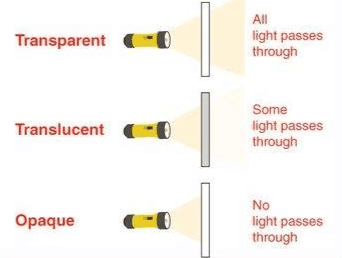 |
Card: 22 / 40 |
|
Shadows are formed because a solid object blocks the light from a source, preventing it from reaching a surface. 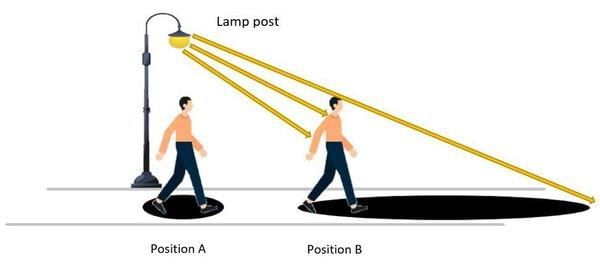 |
Card: 26 / 40 |
|
False: Shadows can only appear on surfaces like the ground, a wall, or a piece of paper. 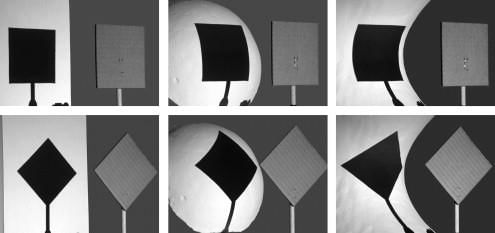 |
Card: 30 / 40 |
|
How does the position of an object relative to a light source affect its shadow? |
Card: 31 / 40 |
|
The position of an object relative to a light source affects the size and shape of the shadow; moving an object closer or farther from the light changes how the shadow appears. |
Card: 32 / 40 |
|
Multiple Choice: What do you need to create a shadow? A) Only light B) Only a solid object C) Light and a solid object D) A screen |
Card: 33 / 40 |
|
A pinhole camera captures images by allowing light to enter through a small hole, creating an inverted image on the surface inside. 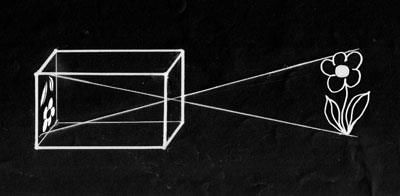 |
Card: 36 / 40 |
|
Fill in the blank: A pinhole camera does not use a ___, but rather relies on a small hole to let light in. |
Card: 37 / 40 |





